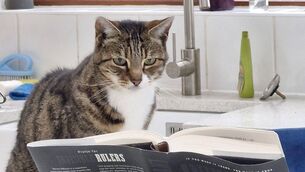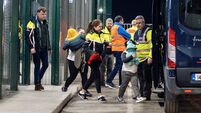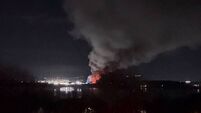New Tipperary is at the epicentre of stone-mad names

Irish placenames bring you on a journey trying to get to the bottom of them. Or just glory in the sheer madness of them, writes
New Tipperary in mid-Cork: I’ve driven through it enough and meant to ask where the name came from.














